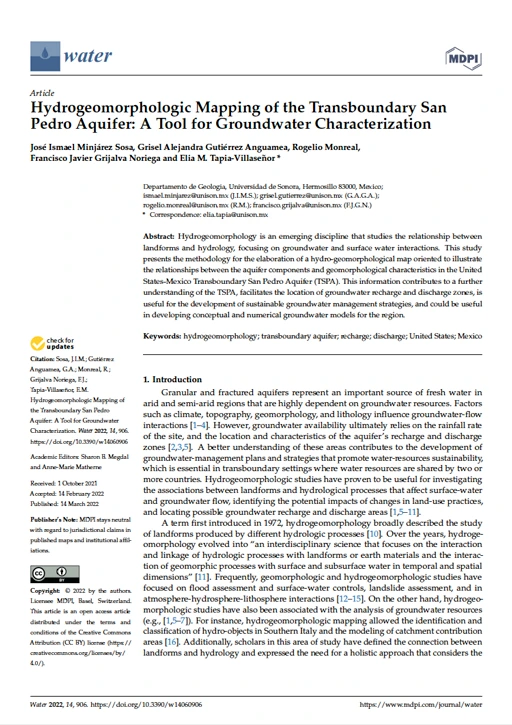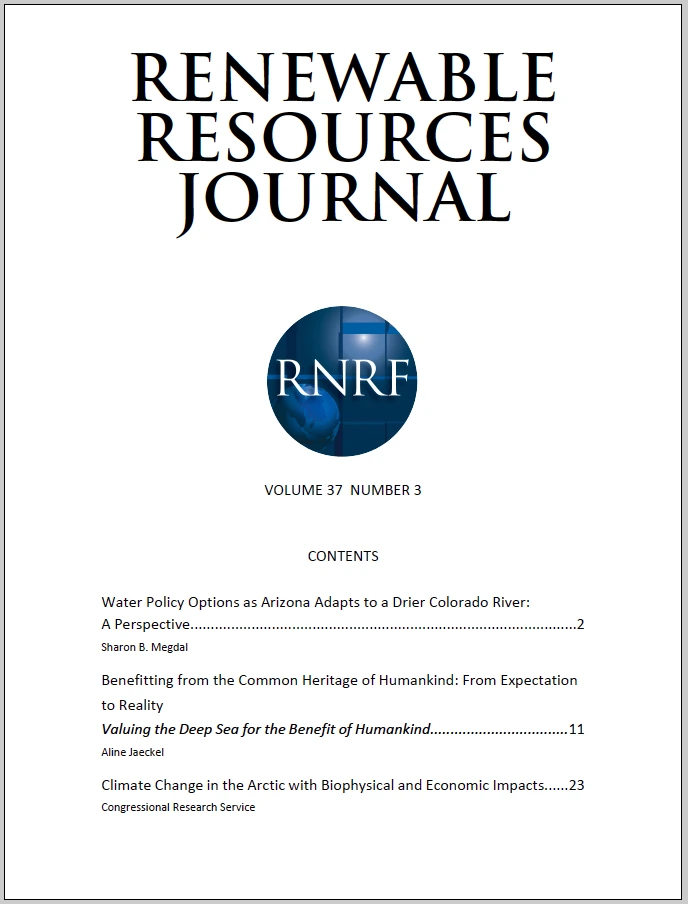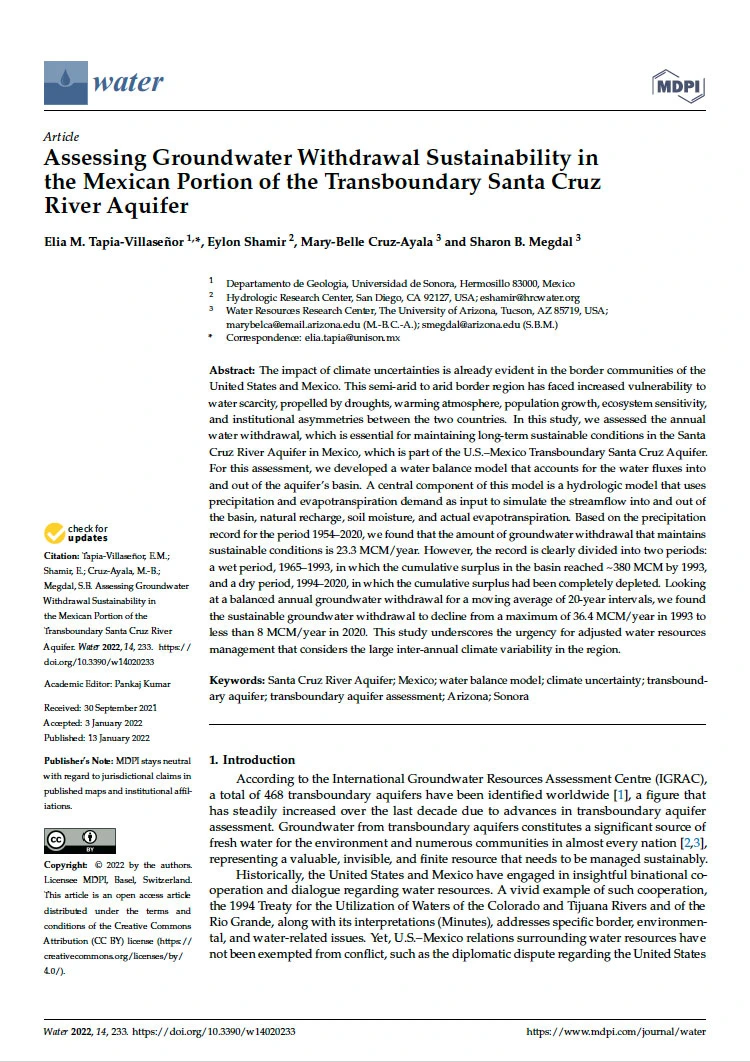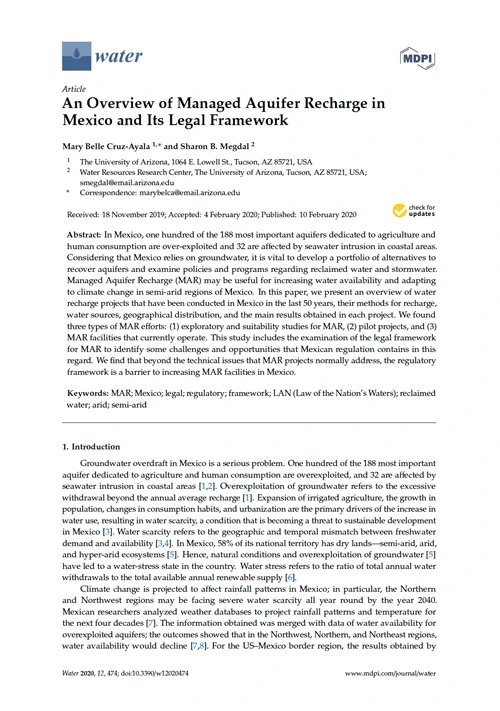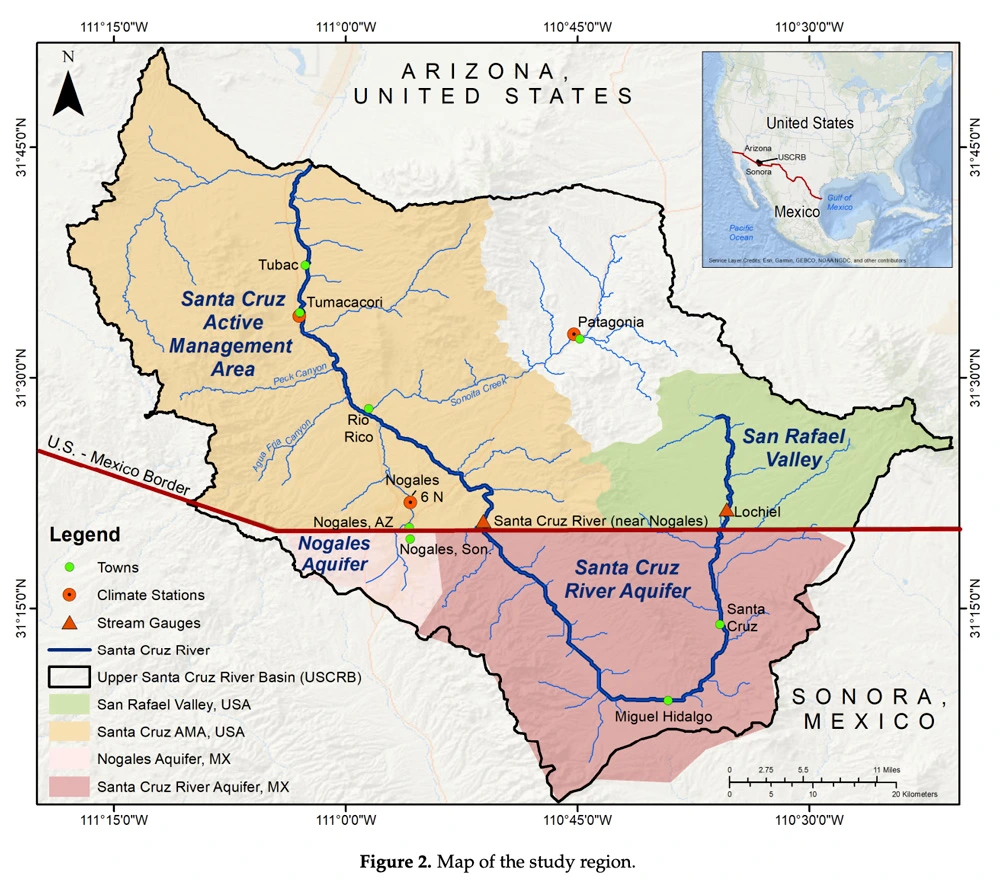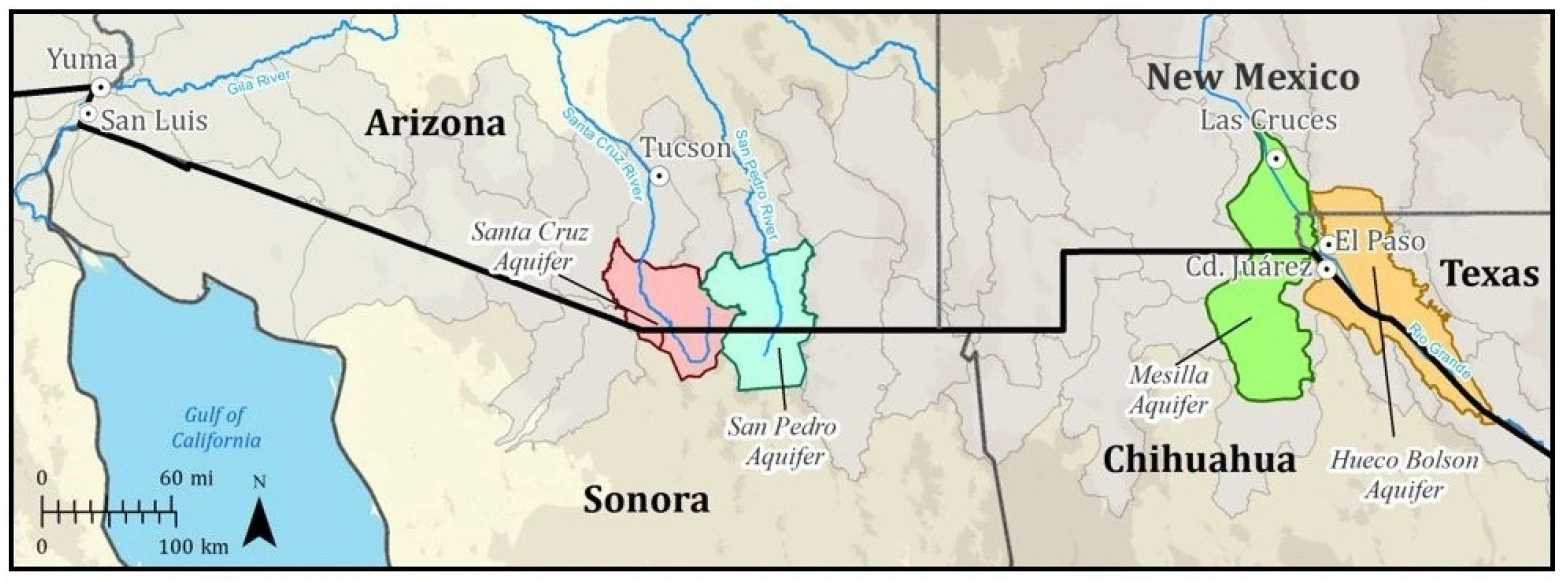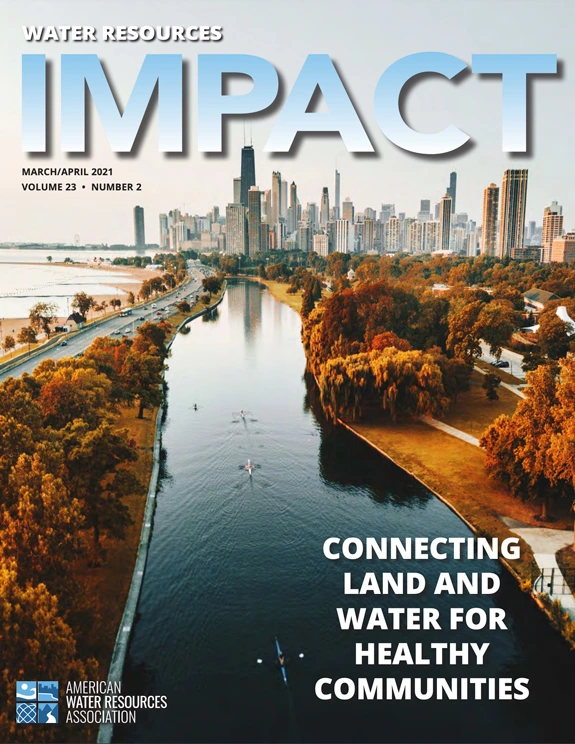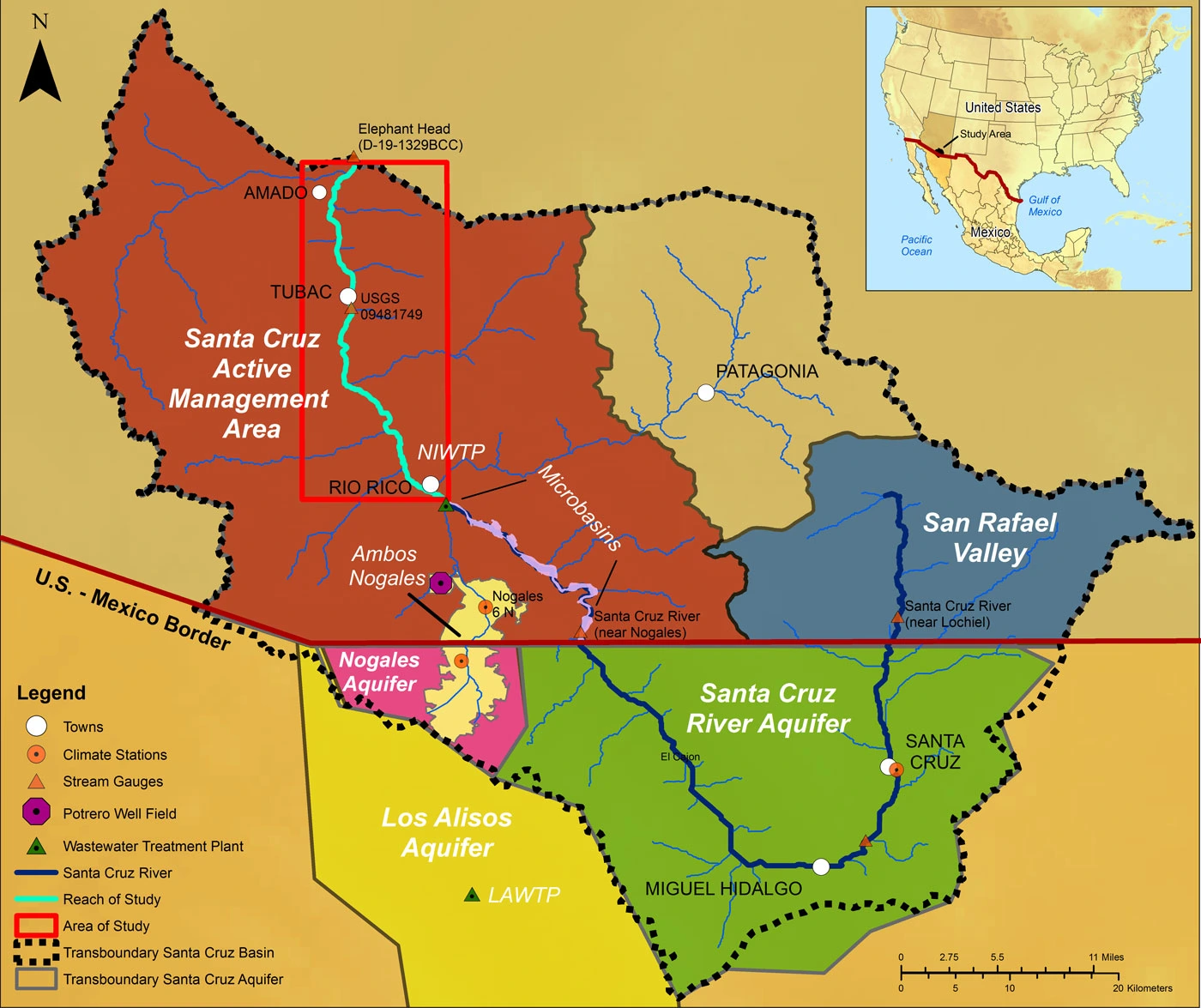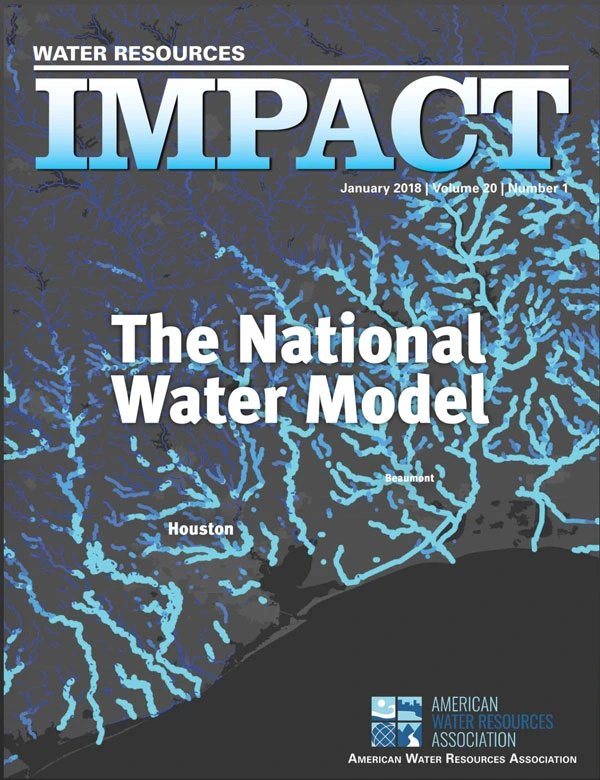Drought and Groundwater Management: Interconnections, challenges, and policy responses
Part of Special Issue: Environmental Monitoring and Assessment 2022: Management of Groundwater resources and pollution prevention
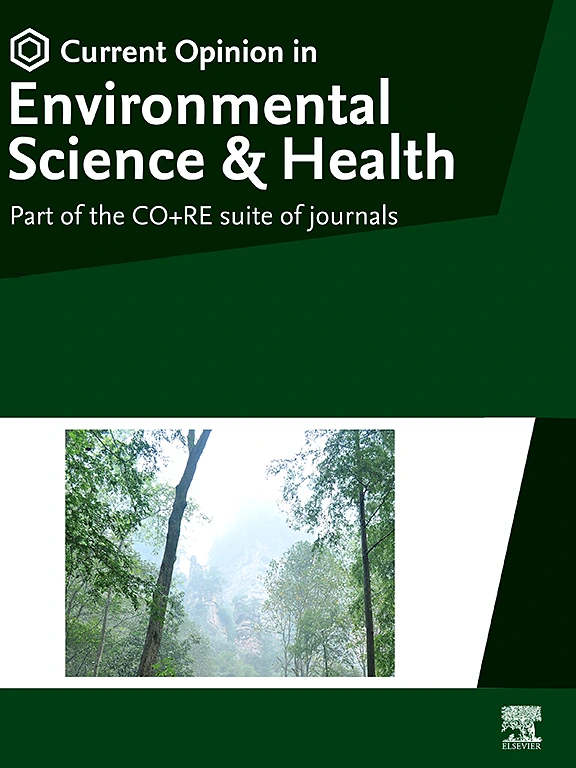
Droughts have severe impacts on the economy, society, and environment. They also have impacts on groundwater and vice versa. While most analyses consider drought and groundwater as disconnected, we argue that drought and groundwater management should be conjunctively considered. This article presents some key interconnections, identifies challenges, and discusses illustrative policy responses. We highlight several advancements found in international scientific research and describe future directions for drought and groundwater management. While many technological innovations have improved our understanding of drought and groundwater’s complex nature, policy and governance advances have not kept pace.


